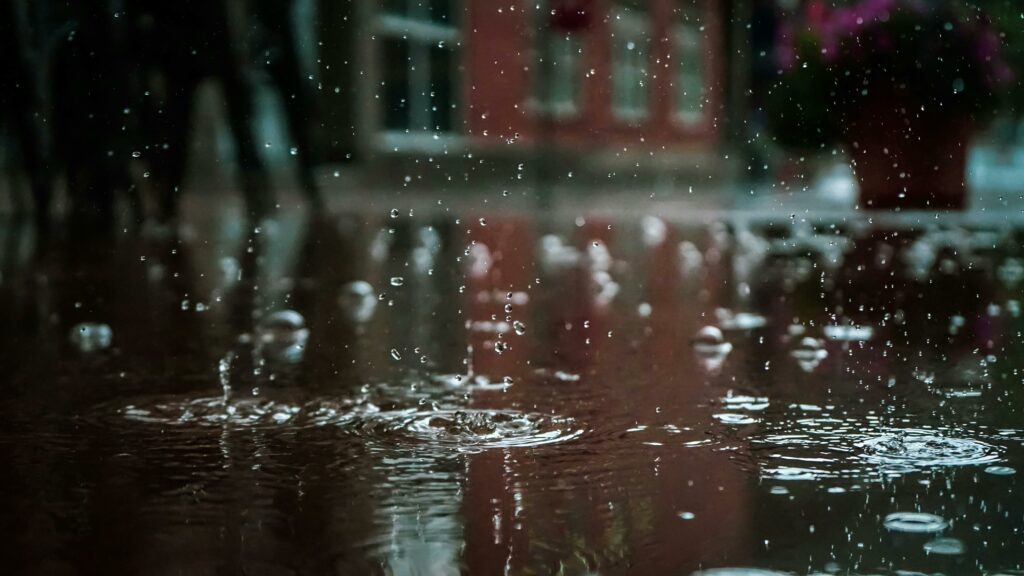
Your Post-Storm Guide to Protecting Your Home and Health
Summer storms and flooding can lead to dangerous mold growth. Learn the crucial steps to take immediately after a storm to prevent costly water damage and protect your indoor air quality.
Why Storms Lead to Mold Problems
Summer storms often bring heavy rain, high humidity, and in some cases, flooding—all of which create ideal conditions for mold growth. Once water enters your home (even in small amounts), mold spores can begin growing in as little as 24–48 hours.
Quick action is critical to prevent long-term damage and protect your indoor air.
Step-by-Step: What to Do After a Storm or Flood
1. Start Drying Out Immediately
- Use wet/dry vacuums or pumps to remove standing water.
- Open windows and use fans and dehumidifiers to reduce moisture.
- Run your HVAC system if it’s safe to do so.
⚠️ If the flooding was significant, avoid turning on electricity until cleared by a professional.
2. Remove Soaked Materials
Mold feeds on organic materials like wood, paper, and fabric.
- Pull up wet carpets and padding.
- Remove and discard water-damaged insulation, drywall, and ceiling tiles.
- Take wet furniture and belongings outside to dry in the sun when possible.
If drywall or flooring was saturated for more than 24–48 hours, it’s best to remove and replace them to prevent hidden mold.
3. Clean and Disinfect Thoroughly
Even after visible water is gone, surfaces may still harbor mold spores.
- Clean hard surfaces with soap and water.
- Disinfect with a diluted bleach solution (1 cup of bleach in 1 gallon of water) or EPA-approved mold cleaners.
- Wear gloves and a mask during cleanup to avoid inhaling spores.
👉 See the EPA’s Mold Cleanup Guide
4. Don’t Ignore Hidden Moisture
Moisture can remain in:
- Wall cavities
- Under floorboards
- Inside HVAC ducts
- Behind cabinets
These are common places for hidden mold growth. Use a moisture meter or call in professionals to inspect and test suspect areas.
5. Know When to Call a Professional
If:
- Water has saturated walls or floors for more than 48 hours
- There’s a strong musty smell
- You see mold growing on surfaces
- You or family members experience allergy-like symptoms
…it’s time to schedule a mold inspection. A certified mold remediation expert can assess the extent of the damage and help you safely restore your home.
Prevent Future Mold Problems
- Improve grading and drainage around your home
- Install or inspect your sump pump
- Seal basement walls with waterproof coatings
- Clean and maintain gutters and downspouts
- Use a dehumidifier in damp areas like basements year-round
Stay Ahead of Mold After Rain
Storms are unpredictable—but your mold prevention plan doesn’t have to be. With fast action, smart cleanup, and professional support when needed, you can protect your home from long-term damage and protect your health from the risks of mold exposure.
Need post-storm mold testing or help with cleanup?
Contact us today to schedule a professional inspection and peace of mind.
